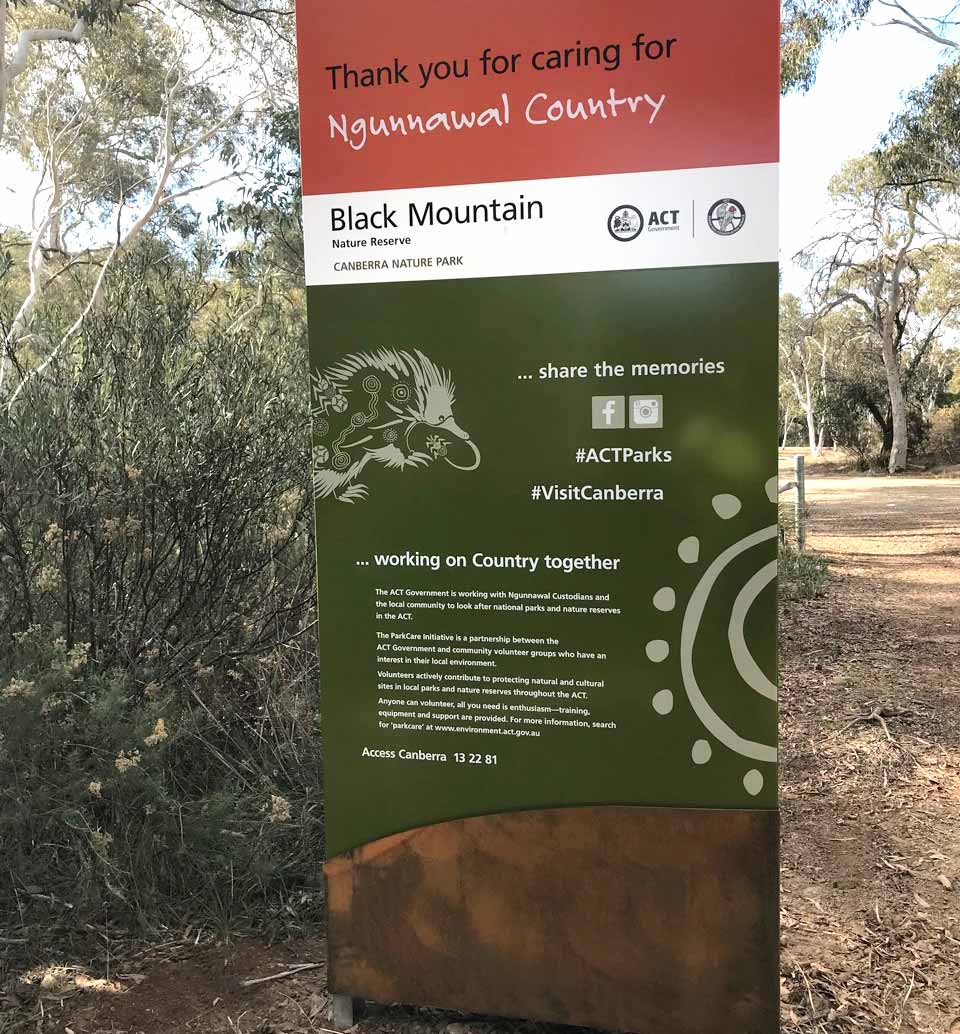Social media is one of the most valuable tools managers have to begin to connect with and manage visitor expectations.
This is a critical issue relative to the visitor experience total quality management spectrum. Good quality experiences almost by definition are those that meet or exceed a user's expectations. A poor quality experience is one that falls short of expectations.
It follows that the best experiences are not necessarily those with better facilities and resources, but rather those where the product on offer is true to its brand and delivers exactly on the propositions being presented to visitors.
It is in this area that social media can play a crucial role in refining and customising the messages being delivered relative to a specific event or given day.
This flexibility is not accessible to static marketing propositions such as are delivered by websites. Aside from the fact that websites cannot "push" content out to users in the way social media platforms can, there is also the manner in which website marketing product has been carefully refined to present an experience in the best possible conditions.
Marketing shots of people at striking lookouts typically feature just one or two viewers framed in idyllic light conditions, not a frustrated large group staring out through the mist as may typically occur in winter conditions.
Likewise shots of visitor centre displays will rarely demonstrate how well they may or may not work when two bus groups arrive on site at the same time.
From marketing to sharing ...
Social media platforms offer the chance to move beyond marketing to sharing. They offer managers the digital codes to intervene at a level of detail that can differentiate expectations relative not just to a given site but rather to given point in time.
"Planning a trip into Rocky Cliff Lookout on this Easter Saturday? - you're sure to have lots of company. Expect some delays finding a parking spot. Consider using the local bus service from the station and avoid a long walk in from your car."
The ability to effectively "share" such messaging relies on a larger program to build and foster the management agency's online community. One example of how simple opportunities can be taken to assist this process comes from the way in which the ACT Parks and Conservation Service integrates social media call to action statements into its orientation signage (below).





